Video shows F-35 jets landing on HMS Queen Elizabeth off the US coast.
This event marks the first time an F-35 has ever landed on a non-American vessel and it helps bring an end to the eight-year hiatus since a British aircraft carrier last operated a fast jet from its deck.
Royal Navy Commander, Nathan Gray, 41, made history by being the first to land on, carefully manoeuvring his stealth jet onto the thermal coated deck.
He was followed by Squadron Leader Andy Edgell, RAF, both of whom are test pilots, operating with the Integrated Test Force (ITF) based at Naval Air Station Patuxent River, Maryland.
Shortly afterwards, once a deck inspection has been conducted and the all-clear given, Cdr Gray became the first pilot to take off using the ship’s ski-ramp.
The aircraft that have landed on the supercarrier belong to the Joint Operational Test team. The team’s mission is to build confidence in the aircraft towards helping clear the F-35 to make the legally mandated advance from Low Rate Initial Production to Full Rate Production. The RAF’s No 17 (Reserve) Test and Evaluation Squadron comprises ten percent of the test programme in the JOTT.
F-35 numbers right now are exactly where they’re expected to be and inline with the 2015 Strategic Defence and Security Review.
2 F-35B in LRIP run 3, 1 F-35B in LRIP run 4, 1 F-35B in LRIP run 7, 4 F-35B in LRIP run 8, 6 F-35B in LRIP run 9, 3 F-35B in LRIP run 10, 2 F-35B in LRIP run 11, 2 F-35B in LRIP run 12
6 F-35B in LRIP run 13, 8 F-35B in LRIP run 14 and 7 F-35B in LRIP run 15. This brings us to 42 in 2023.
The next run brings us to the total of the first batch of aircraft, 48.
It is hoped that 138 F-35 aircraft will have been delivered by the 2030s. Around 2023, the Ministry of Defence have indicated that the UK will have 42 F-35 aircraft with 24 available as ‘front-line fighters’ and the remaining 18 will be used for training (at least 4-5 on the OCU), be in reserve or in maintenance.
As the only level one partner on the F-35 programme, the UK has been working closely with the US from the outset. UK industry will provide approximately 15% by value of each F-35 to be built, which are due to total more than 3000 in number.
The programme has already generated $12.9bn worth of orders for the UK and at peak production the programme will support over 24,000 jobs in the UK, according to accounting firm KPMG.
The reason that the aircraft are American isn’t some scandalous outrage or sign of something terrible, it’s simply that most of the F-35Bs in Joint Operational Test team are American. Just watch how some papers report this, though.
After speaking to one of the pilots in the test programme, we understand that the UK only has three (BK1, 2 & 4) test jets that are “orange wired” to take data for post-flight analysis, the rest being operational aircraft. It is understood that the two ‘orange wired’ F-35 test aircraft, belonging to the Integrated Test Force will now conduct 500 take offs and landings during their 11-week period at sea.
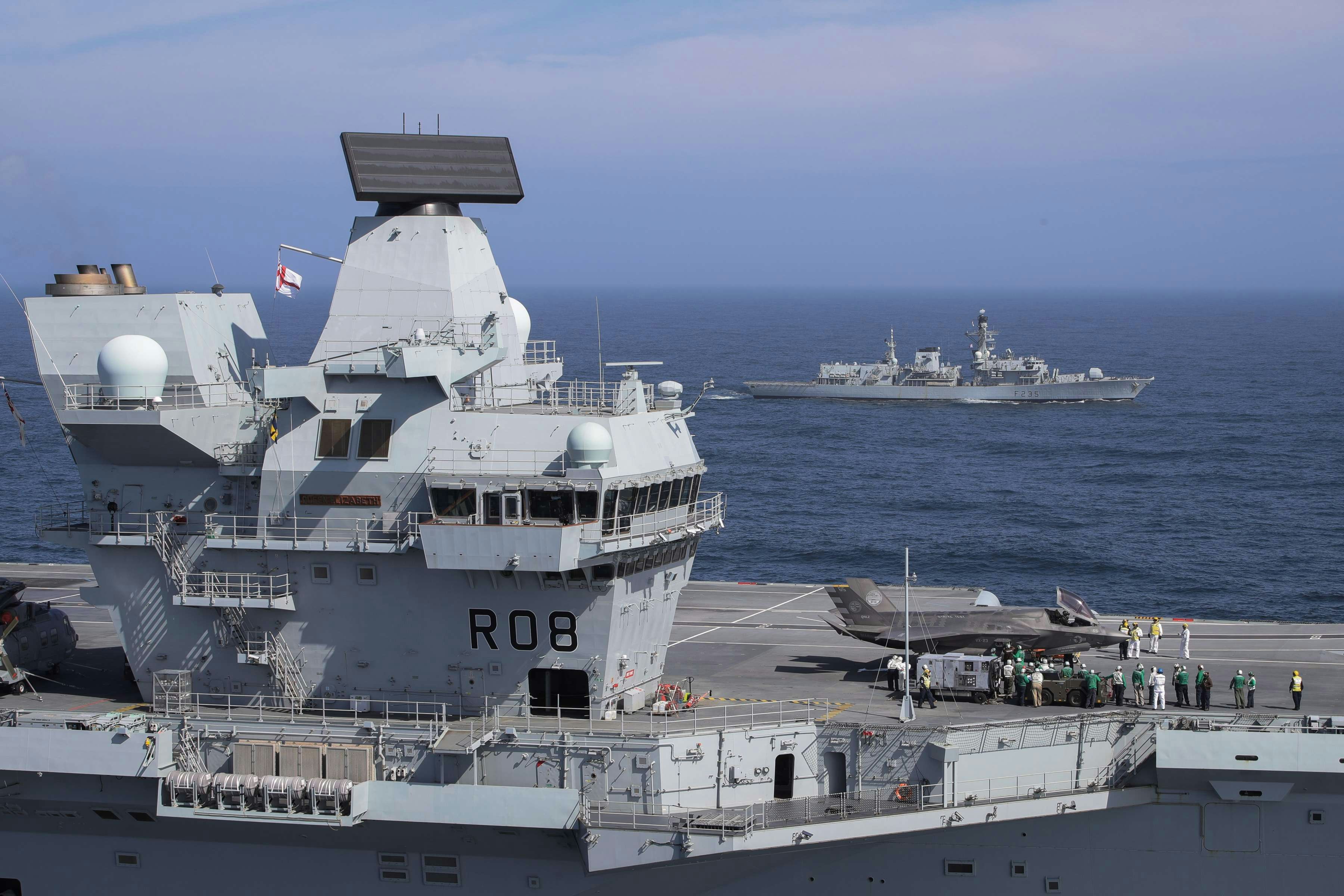
We were told last by one of the UK pilots currently flying the jet that the reason for this is that the JOT team dictate the availability of test jets out of a pool. Our contact said:
“It would be nothing more than symbolic to make UK jets available for the trials and that comes at a significant effort since all of them are based at Edwards AFB in California, not on the East Coast where the ship trial is due to take place. Therefore, the most obvious and cheaper choice is to use the F-35B test jets based at Pax River, which are US ones. British test pilots like Andy Edgell, Nath Gray, will obviously fly them but there’ll be US pilots too because that’s how Joint Test works.”
The ship will go on to continue her programme off the US east coast. The flight trials are expected to take around 11 weeks, during which time the ship is also expected to call into New York.


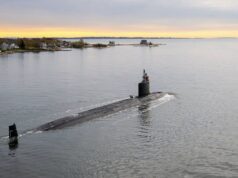
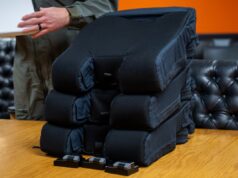
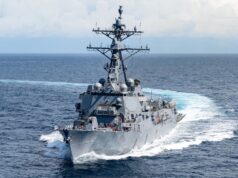

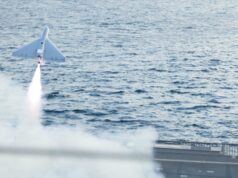
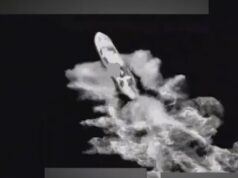
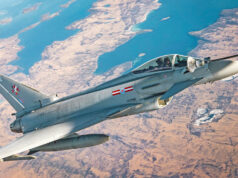

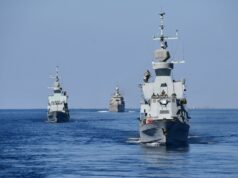
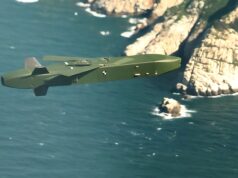

Outstanding effort by all well done, great to finally see the F35B pair up with the HMS Queen Elizabeth